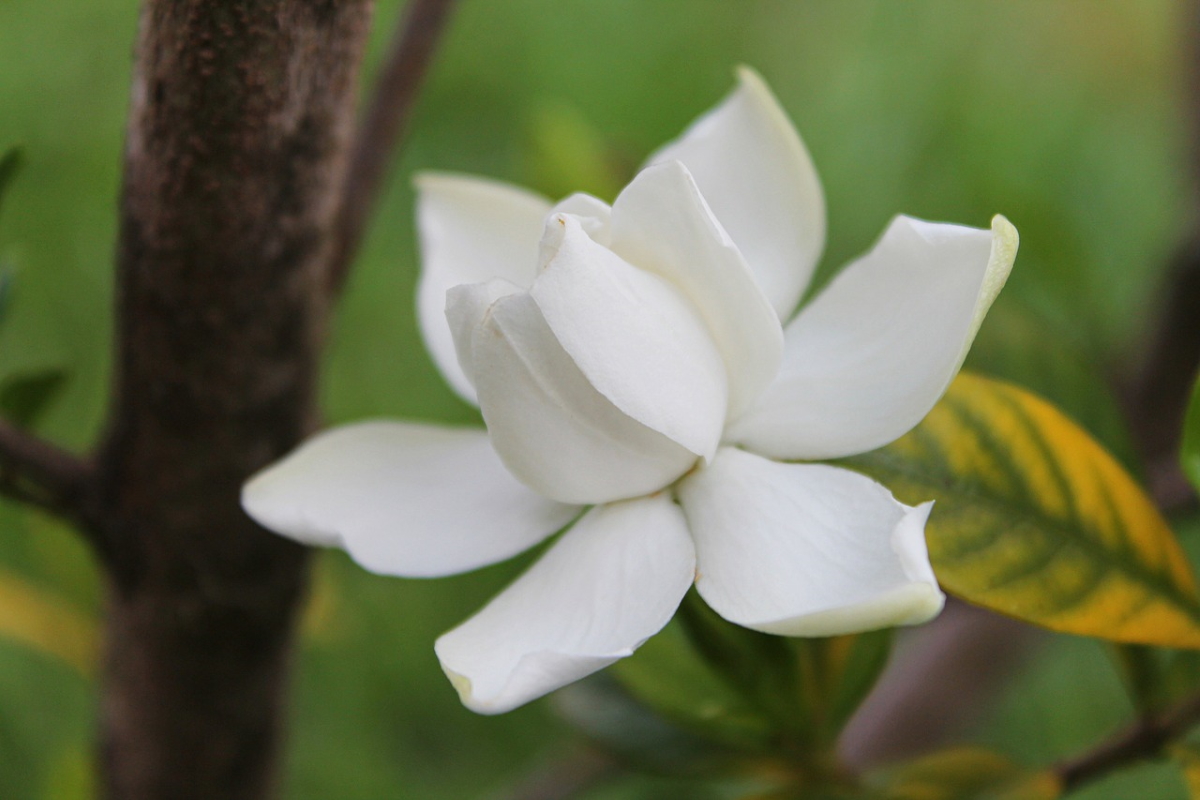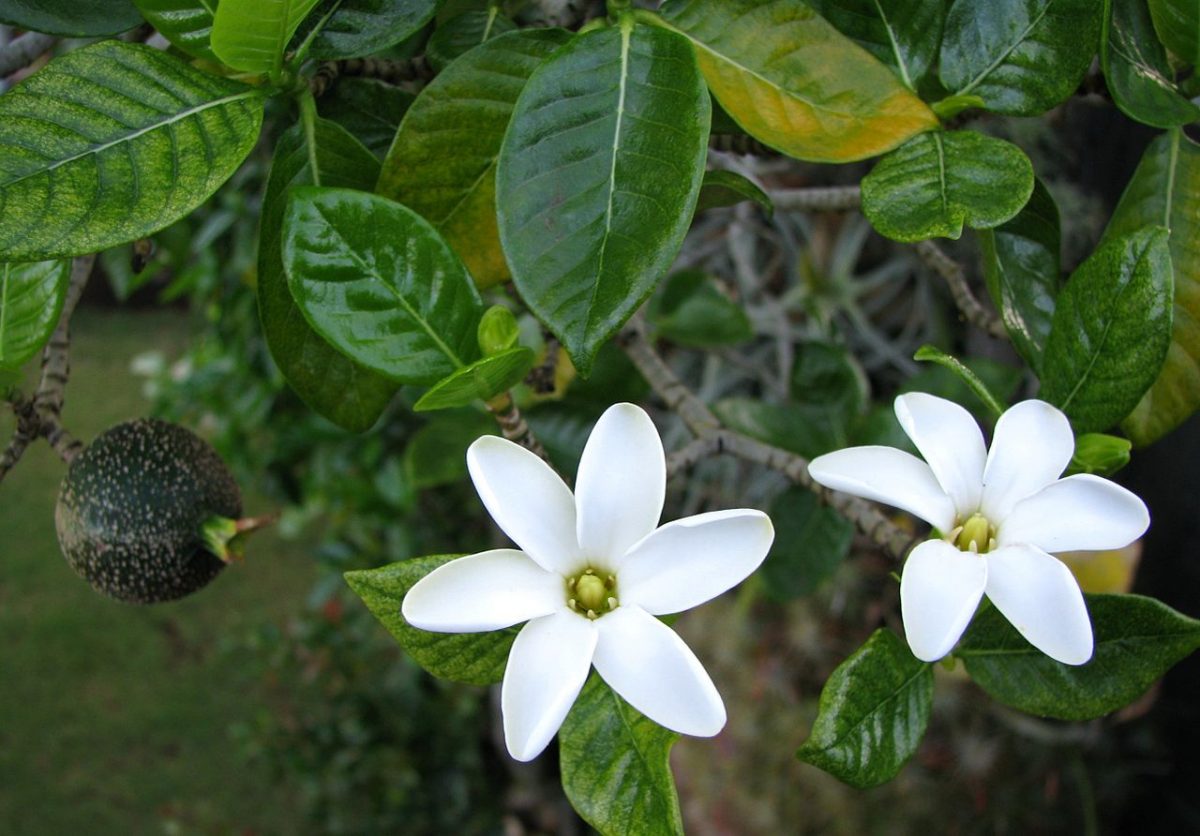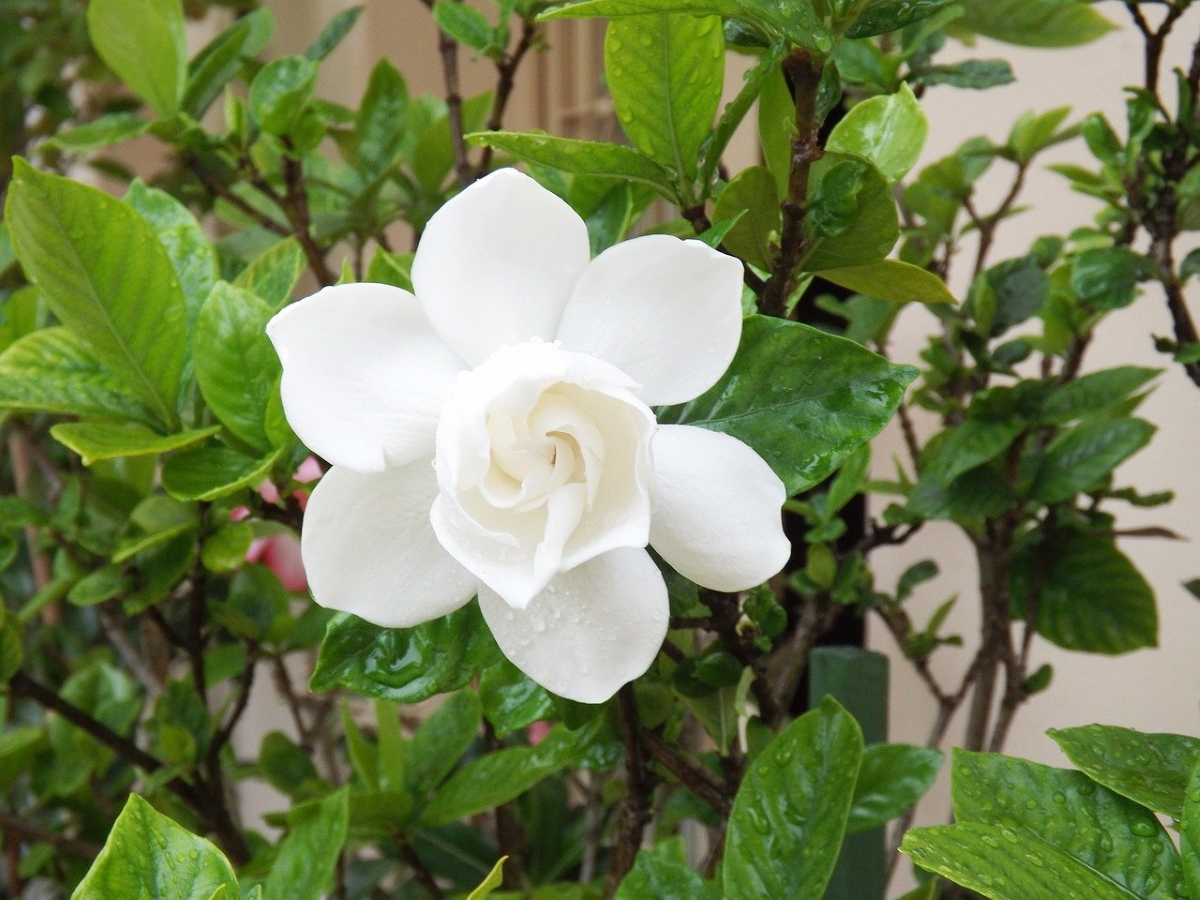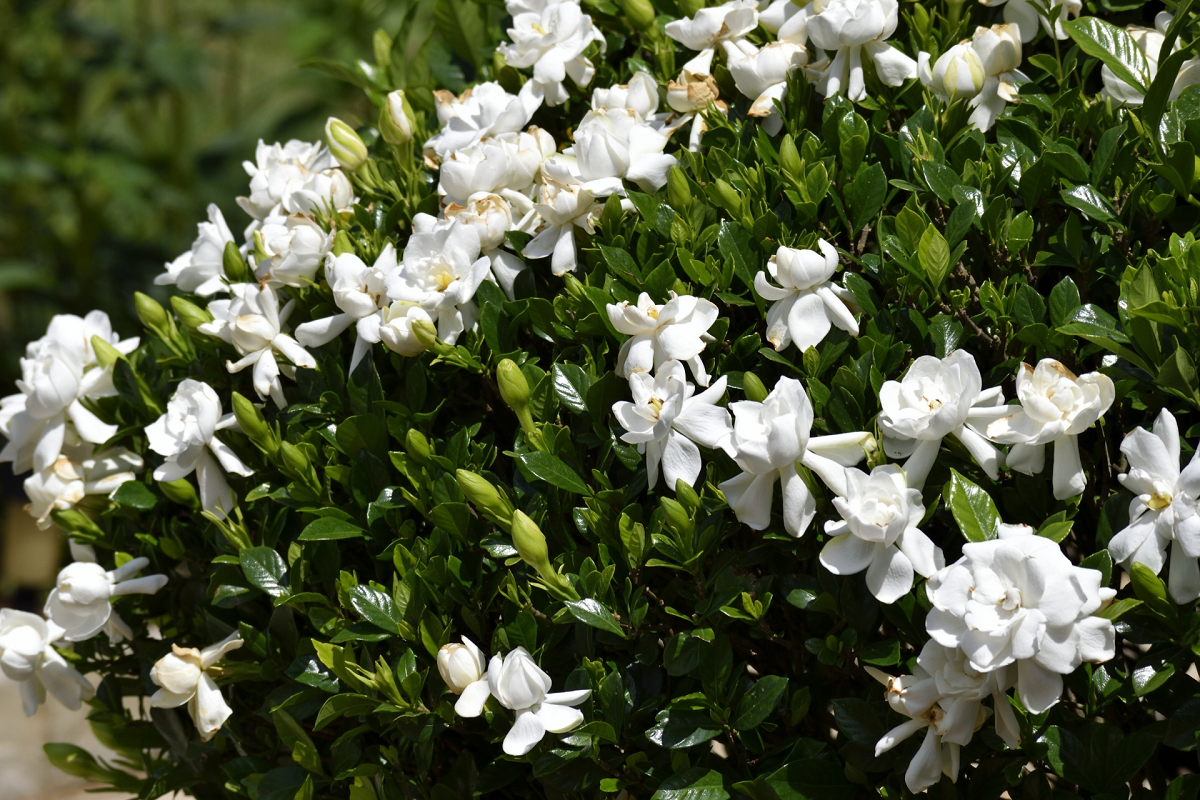
"Two gardenias for you, with them I mean, I love you ...", and that is the gardenias symbolize purity, sweetness and appreciation that we can feel for someone, just as he recited the song. But beyond the gardenias, if you have come to this article for something, it is to know not only when the gardenias bloom, but also what to do to make them bloom.
Read on to discover the little secrets you need to know about when do gardenias bloom and how you can achieve it. In the end, like all plants and flowers, they need their conditions. I hope this article will be of great help to you and you can solve your doubts!
When do gardenias bloom?
Gardenia is a shrub with smooth, glossy evergreen leaves of deep green and opposite color. The flowers of about 8 cm come out in the axils of the leaves or at the apex of the branches. Its tonality is white, cream, ivory or marbled. Its scent is very perfumed, and they sprout individually. They like to be outdoors more than a house, and the difference is that outdoors they can reach 2 meters while indoors they barely reach the subway. There are about 250 types of them, and the most common is the Gardenia jasminoides (for its smell reminiscent of jasmine). It is the most cultivated and the one that best adapts to our climate since it was imported from Japan and China back in 1761.

Gardenias usually bloom 2 times a year. They do it between the months of June to September. Despite being plants that like the outdoors, avoid places where they receive direct sun. In fact, they are short-day plants, which means that they usually sprout when there is about 10-12 hours of light and 12-14 hours of darkness. That is, if you are in autumn or winter and you do not see it bloom, do not worry! It is normal, its optimal flowering period is towards the end of spring and summer.
What to do to make gardenias bloom?
First of all, the season of the year that we are in is paramount. Second, the ideal night temperature for them would be about 15 degrees Celsius and about 23 degrees for the daytime temperature. For his roots he prefers a PH in the soil between 5 and 5'5. Not all plants work with the same PH.
Make sure you have the proper fertilizer and proper humidity conditions. Then also give it the time that it has to grow and be able to take flowers. In the case of having been sown per seed, its flowering can be delayed up to 3 years. If, however, you suspect that something may go wrong, I invite you to see the most common reasons why you may not be taking flowers.
Why don't gardenias bloom?
The most common flowering problems, growth, and health of our gardenia can be diverse. Below, you will be able to find and view a list of the most common ones.
- Problems with water. The PH is inadequate or it is with a lot of salts.
- Subscriber problems. Do not forget that fertilizing the plant at least 3 times a year is important. Do it once in the fall, once in the spring, and once in the summer.
- Growing problems. The typical growth of a gardenia that has been sown with seed and not by cutting for example is about 2 to 3 years. If during this course you do not take flowers do not worry that it is within normality.
- Problems with insects or some diseases. You have to make sure that the plant is healthy, and if it has caught any "bug" there are usually signs on its leaves that indicate it.
- Frost problems. A very cold winter can kill or leave our gardenia very weak. This is another common issue as to why it might not flourish. If when you open the flower bud you find a brown color inside it, it would be indicating this reason.
- Light problems. Avoid very dark places or with excessive sun exposure! It is not ideal if we want it to grow well.
- Little or excessive watering. Many people in the spirit that the plant does not die tend to give it away in excess. It can choke the roots and / or rot them in the worst case. Recovering a rotten root is almost mission impossible. On the contrary, a dry root can still recover somewhat, but we cannot rely on not watering the plant either. To know when it is time to look at the soil in the pot, if it is dry in the first 3 centimeters you could choose to water it a little.

I hope this article has been useful to you, and when the flowers of your gardenias come out they will be very beautiful and perfumed. If you are also interested in knowing how to grow them, do not forget to click on the link.


